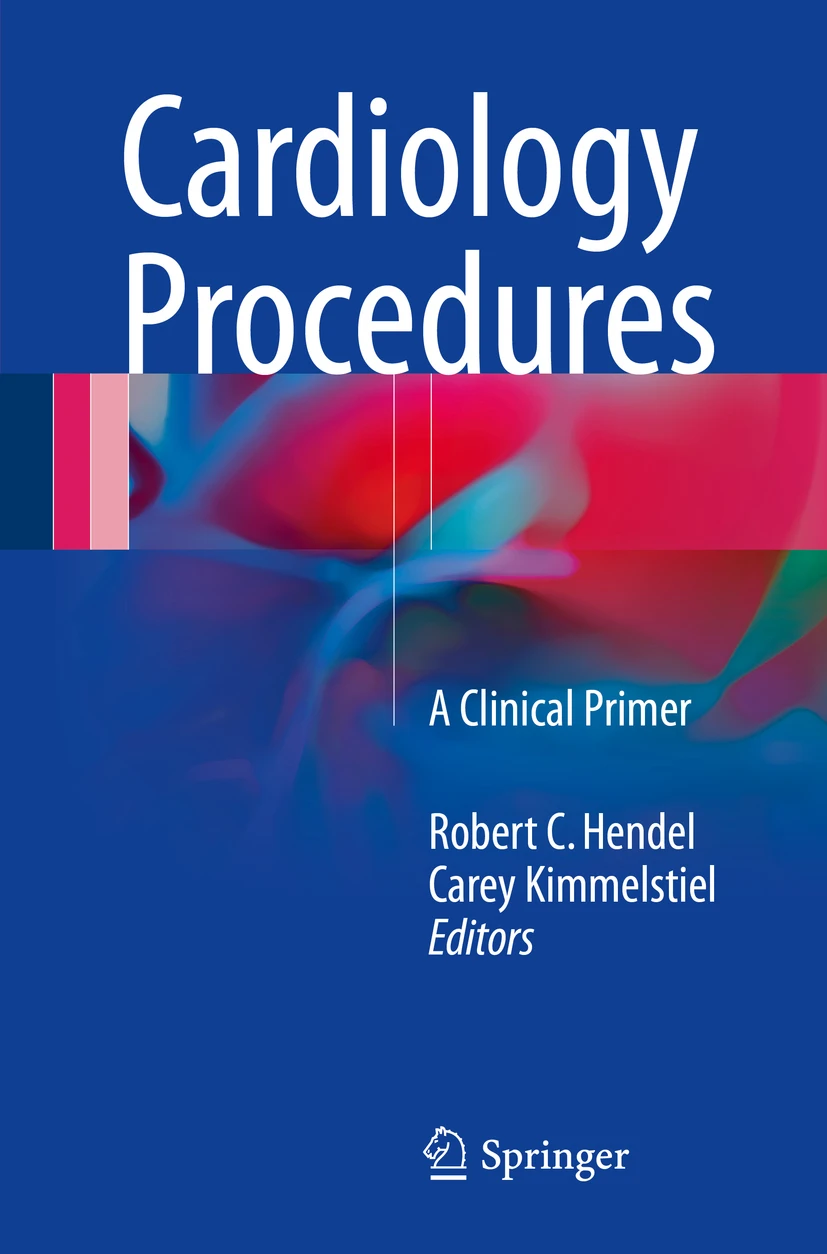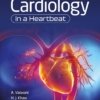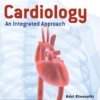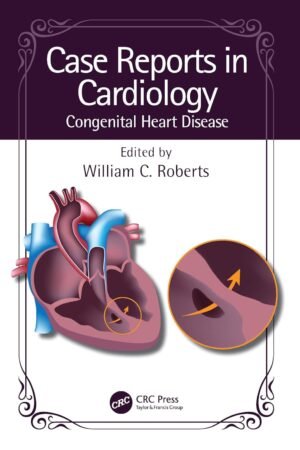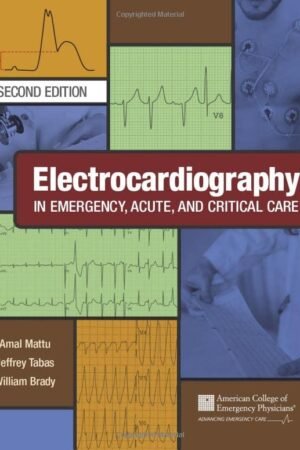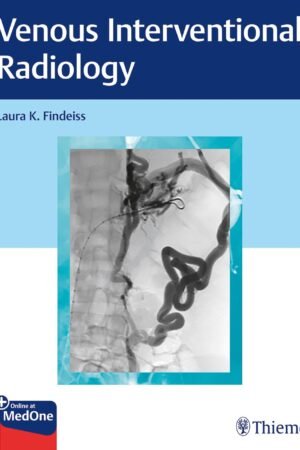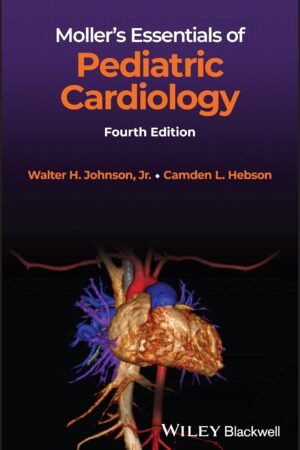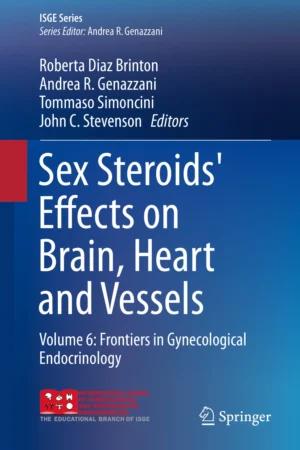Cardiology Procedures PDF
Introduction
Cardiology Procedures PDF is a practical and detailed guide to the wide range of diagnostic and therapeutic interventions used in cardiovascular medicine. As cardiovascular diseases remain the leading cause of death worldwide, timely and accurate procedures are essential for both diagnosis and treatment. This resource is designed for cardiologists, internal medicine physicians, medical students, and healthcare providers who want a clear understanding of modern cardiology practices. According to the American Heart Association (AHA), standardized cardiology procedures play a key role in improving patient outcomes and reducing mortality.
Why Cardiology Procedures Are Important
Cardiology procedures bridge the gap between clinical suspicion and definitive treatment. They allow physicians to accurately diagnose heart and vascular diseases, assess disease severity, guide therapy, and, in many cases, provide life-saving interventions. With advances in technology, many procedures have become minimally invasive, offering shorter recovery times and better patient safety.
Common Cardiology Procedures
-
Diagnostic Procedures
-
Electrocardiography (ECG) for arrhythmia detection
-
Echocardiography for structural and functional assessment
-
Stress testing for ischemia evaluation
-
Cardiac MRI and CT for detailed imaging of heart and vessels
-
Coronary angiography to visualize blockages in coronary arteries
-
-
Interventional Procedures
-
Percutaneous coronary intervention (PCI) with balloon angioplasty and stent placement
-
Transcatheter aortic valve replacement (TAVR) for severe aortic stenosis
-
Electrophysiological studies and ablation for arrhythmias
-
Implantable cardioverter-defibrillator (ICD) and pacemaker insertion
-
Catheter-based closure of congenital defects such as atrial septal defect (ASD)
-
-
Surgical Procedures
-
Coronary artery bypass grafting (CABG)
-
Valve repair or replacement
-
Left ventricular assist device (LVAD) implantation
-
Heart transplantation for end-stage heart failure
-
Risk Factors and Considerations
-
Age, comorbidities such as diabetes and hypertension
-
Anticoagulation status and bleeding risk
-
Renal function, particularly in contrast-based procedures
-
Patient adherence to post-procedural care
Diagnosis and Monitoring
-
Pre-procedural evaluation with imaging, laboratory tests, and risk assessment tools
-
Intra-procedural monitoring for hemodynamic stability
-
Post-procedural care including ECG, echocardiography, and biomarker testing
-
Long-term follow-up to assess efficacy and detect complications
Management and Patient Care
-
Tailored choice of procedure depending on patient condition and risk profile
-
Use of guideline-directed medical therapy before and after intervention
-
Rehabilitation programs to enhance recovery and prevent recurrence
-
Multidisciplinary team approach involving cardiologists, surgeons, anesthesiologists, and nurses
Conclusion
Cardiology Procedures PDF provides a clear and structured overview of essential cardiovascular interventions, from simple diagnostics to advanced therapeutic techniques. With an emphasis on evidence-based practice, this resource is valuable for both training and clinical decision-making.
👉 Download Cardiology Procedures PDF to explore procedural techniques, patient case studies, and best practices in cardiovascular care.
🌐 For further reading, visit the American Heart Association (AHA) and the European Society of Cardiology (ESC).

